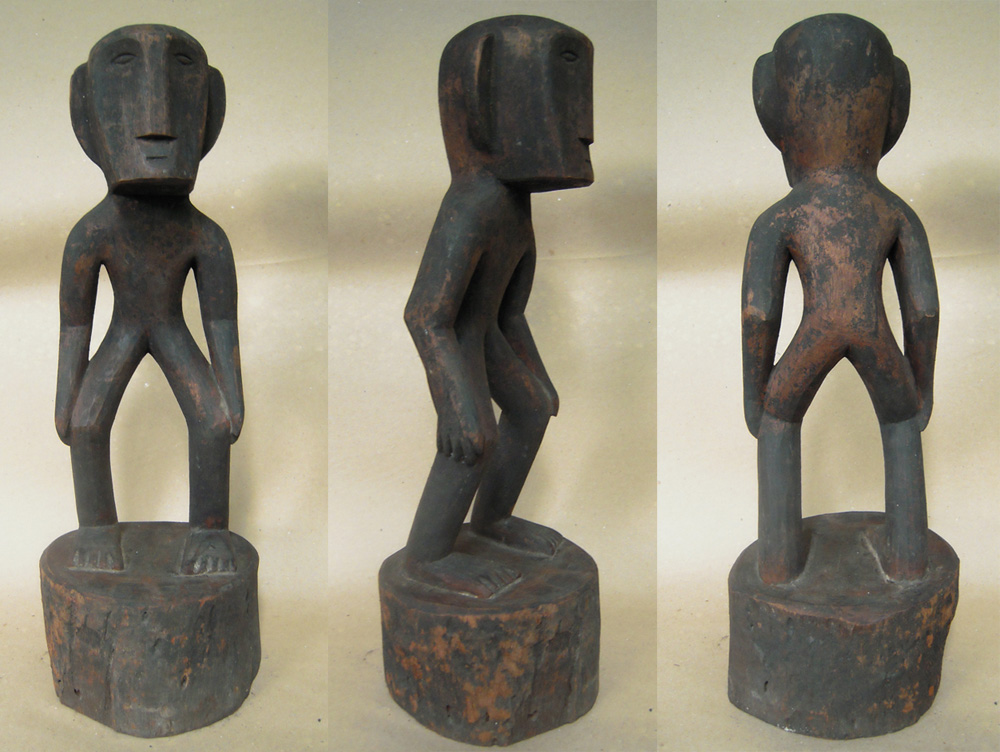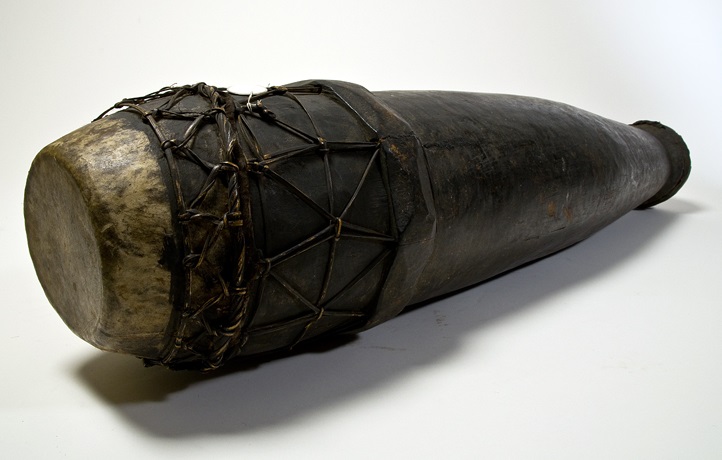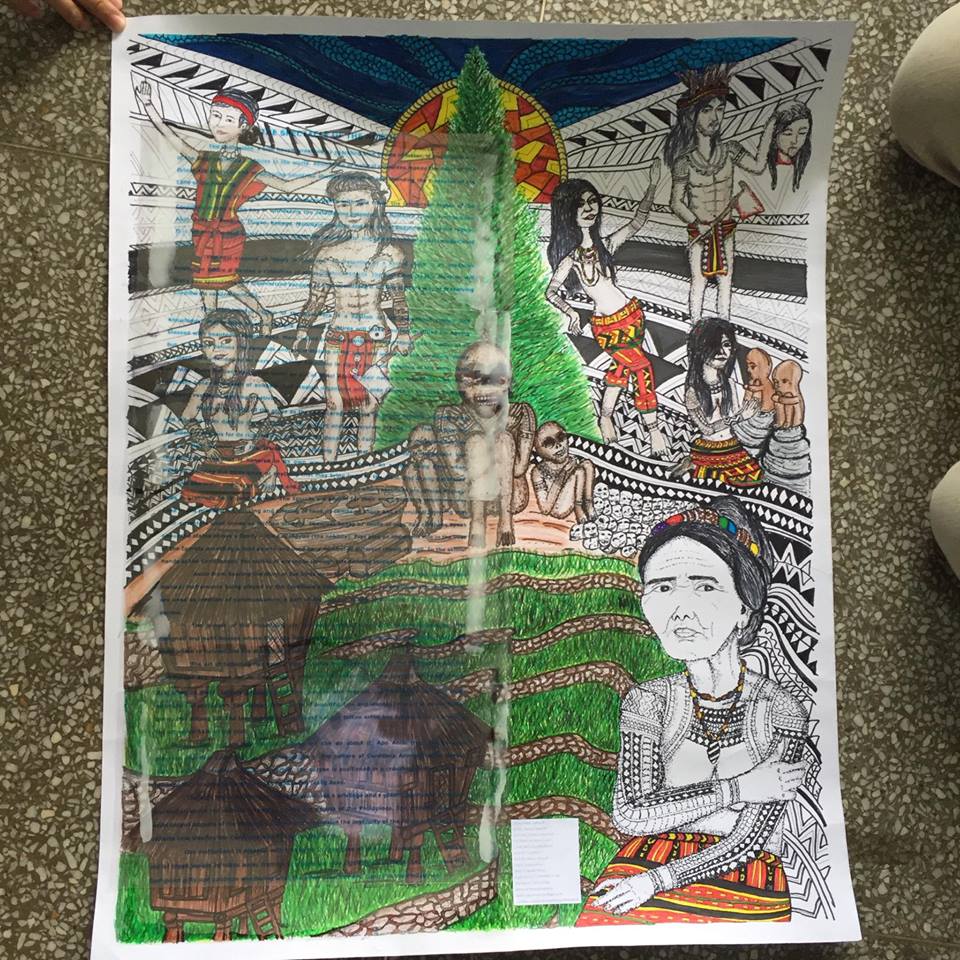
The Philippines, a lush haven wreathed by sparkling blue bodies of water, is undeniably one of the most ravishing countries in the world. The abundance of natural resources makes the Pearl of The Orient silk-stocking and neighboring countries showed interest in apprehending the treasures of the Land of the Morning.
A home of tranquility where breezes dance with pine trees, the landlocked region of the Cordillera serves as the key in witnessing the astonishing splendors of Northern Luzon, furthermore; Abra, Apayao, Benguet, Ifugao, Kalinga, Mountain Province, and the city of Baguio make up the region. It is not only the cool weather that the highlands have to offer, but also the culture and its magnificent people.
The real essence of “Unity in Diversity” is presented by a sacred place in an academic institution where it houses a collection of ethnographic artifacts. The SLU Ethnographic Museum will leave you speechless and mesmerized because of how bewitching it is. This is SLU’s way of preserving Cordillera’s cultural heritage.
The mountainous region of the Cordillera is a bastion of rich indigenous culture and knowledge. Seeing their creative designs and colorful attires will make you feel gratified for having blessed with beauteous almond eyes. The bright colors signifies the Kadangyan (rich) and the dull colors are for the nawotwot (poor). Many would probably think that these things don’t matter at all but, it actually defines the demands and social statues of the men and women of the Cordillera.
Some garments are intended to be worn on special occasions to signify the true meaning of the event. Rain or shine, these brilliant earthlings never go out of style! Around their necks are necklaces made from different bones and teeth of animals. Benge (Snake Vertebrae) from Benguet is an ornament used for charms and protection against harmful spirits and Uway (Crocodile Teeth) from Bontoc. God created organisms with wide ranges of thinking and jaw-dropping results of amazing creativity.
Feeling the rustle of the grass as the wind caress them in its gentle passing, plowing rows and working from dusk to dawn, much of the culture and life revolves around rice. That is why the Cordillera is famous for its rice terraces including the Banaue Rice Terraces which is considered as one of the “Eight Wonders of the World.” From planting to harvest, each period is significant and represents a time that is honored in its own way. There is always an activity being done when weeding, keeping the birds away or anything that may bring harm to the plant, and drying harvested rice. Just like water and oxygen, hunting and fishing are needed in which sacrifices are offered to their gods in gratitude for a good harvest. The Igorots are known for their wood products which are also used in the preparation, cooking and offering of food. It comes as shock and so unusual knowing that their ancestors used bones as kitchen utensils, likewise; bones or skulls of pigs and carabaos speak about the status of one’s family – the Kadangyan (the nobility). Pigs and carabaos play an important role in the lives of the Igorots providing a food source and used for a number of different rituals as well. In the skillful hands of the Cordillerans, the outfits of are made through intertwining threads.

Aside from hearing the chirp of the birds up in the branches of dewy trees, the sound of the musical instruments being played by the Cordillera’s inhabitants is also invigorating. The instruments are used as medium of communication, a part of the Igorots’ rituals and function for celebrations or sorrow. The Solibao (Kalanguya Drum) is an elongated, hallowed out cylindrical drum that is beaten during festive occasions to accompany the gongs and other instruments.
The people of the mountains are not only architects but also engineers because they designed and built houses where they can find comfort and for the purpose of performing sacrifices appropriate to harvest and the storage of grain.
The art of tattooing has been a part of many indigenous groups in the Philippines and the Cordillerans are known for it. One main reason behind tattooing is the practice of headhunting. According to them, tattoos possessed spiritual powers and magical qualities which will give them strength and protection. For women, it is a form of beautification and identity. The art is slowly fading away, but Whang Od, the last remaining traditional Kalinga tattoo artist has helped a lot in bringing the attention back to the craft.
People come and go and there’s nothing we can do about it. Apo Anno from the Benguet province, the first ever mummy, is the highlight of the culture of Cordillera Administrative Region (CAR) which the mummification had started. The corpse is positioned in a crouched position for they believed that in some magical way, the dead is not really dead.
The visit to the SLU Ethnographic Museum was a privilege and a great opportunity to impart knowledge about the cultural treasures among the people of the Philippines. The artifacts show the most unique aspects of the Philippine culture and emphasize the ingenuity of the Filipino. The museum reflects how wealthy the Cordillera Administrative Region is.
Our motherland is blessed with treasures to take care of and give appreciation to. Should we let these jewels be taken away from us or should we give significance to them? Let’s embrace the God-given gifts and continue wondering what the other practices are. Long live the Philippines!

Many Filipinos have already written the rich culture of the country in the water. The minds of these brilliant organisms have been corrupted by today’s modern technology. Some preserved what their forefathers had started, some let it all fade away.
As a final requirement in Communication Arts 2, we were encouraged to visit one of the sacred places in Saint Louis University, Baguio City. The SLU Ethnographic Museum depicts the vast culture of the Igorots. The sojourn to the museum opened and awakened the sleeping minds of the youth of how the people from the mountains lived and died.
Discovering the depths of the ocean-wide practices of the Cordillerans will make you crave for more knowledge to feed your hungry and thirsty brain.
The Cordillera Administrative Region (CAR) is a home of the strongest warriors and innovative artists. Green, luxuriant terraced areas on the slopes of steep mountains where the Igorots established their own architectural houses and settled. Their harbor is made up of the finest and most sturdy wood and nipa as the roof. Long cloth hand-loomed of the women with different designs and colors are worn as representation of their identity and demands. Headhunting helped Igorots attain leadership and respect. Tribal wars also occur when a peace pact was broken or violated. Tattoos play a significant role for determining the identity too.
Sources of images:
http://www.wsj.com/articles/SB126044709073785269
http://www.ebay.com/itm/Vtg-Philippine-Ifugao-Tribal-Basket-Woven-Fiber-Rain-repelling-Backpack-Eic-/262382233368?hash=item3d17332718:g:LbwAAOSwGYVXDC9K
http://www.ebay.com/itm/IFUGAO-SET-OF-4-ANTIQUE-CARVED-WOODEN-SPOONS-Luzon-Philippines-/272218787091?hash=item3f61810d13:g:PRgAAOSwI-BWGCvx
http://www.ebay.com/itm/Fine-Old-Filipino-Ifugao-Tribal-Woven-Ratan-Pasiking-Backpack-Bag-/351724734893?hash=item51e46d89ad:g:VesAAOSwKfVXKmzO
http://www.ebay.com/itm/Rare-Philippines-Ifugao-Seated-Hapag-War-Deities-Charms-Fetishes-Not-Bulul-/121981080938?hash=item1c66a3956a:g:dCcAAOxy7odR0sKr
http://www.ebay.com/itm/Philippines-Large-Standing-Ifugao-Bulul-Rice-God-Ifugao-Tribal-Wood-Carving-/120988486780
https://tejturner.wordpress.com/2015/03/03/travelblog46-baguio-the-philippines/
http://handeyemagazine.com/content/useful-beauties
http://www.spurlock.illinois.edu/collections/search-collection/details.php?a=2005.07.0014
http://www.university-directory.eu/Philippines/Saint-Louis-University.html
http://wikimapia.org/537507/Saint-Louis-University
http://gafablogsite.weebly.com/gafa-travel-blog/category/all
http://www.slu.edu.ph/index.php/arts-and-culture/museum/museum-gallery
http://collections.peabody.yale.edu/search/Record/YPM-ANT-266433
http://ffemagazine.com/musical-instruments-philippines/
https://photobento.wordpress.com/2012/04/10/sagada-mountain-province-the-magical-and-hypnotic-town/
OSIAS, Mark Joshua B.
RECEL, Raven Chase M.
BATUNA, Cheska Angelika P.
CALWING, Kristina Carla T.
CAMILING, Gayzelle Bess P.
RIVERA, Louella T.
RIVERA, Maria Jesusa P.
TAPIZ, Andreanina C.
VILELA, Noelle Marie T.
Engl2 10:30-11:30 MWF V-308
2nd Sem AY 2015-2016
School of Natural Sciences
Saint Louis University Baguio City
Cordillera Administrative Region Philippines
















